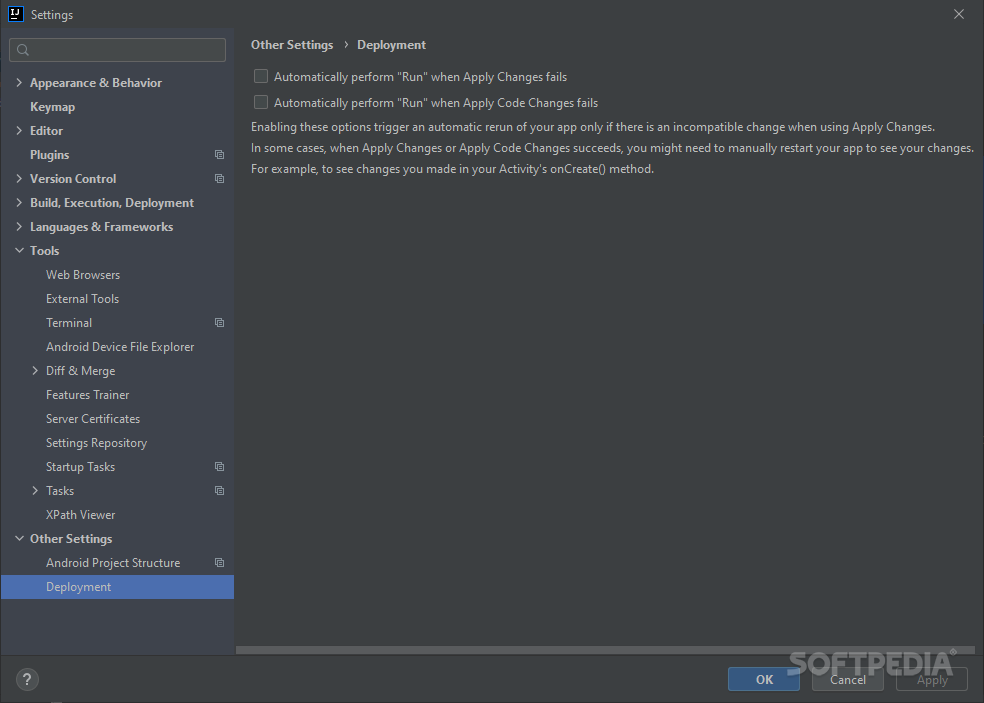

I've spent much time to find the correct way of remote debuging in IntelliJ and here is the full explanation. Unfortunately, all the prevoius answers are incomplete. To stop spring-boot:run from forking, you can use the fork parameter above. Then your debugger will be connected to the process you are not interested in, and your breakpoints won't work. If the JVM was forked, you have the process running the Maven goal, and another one running the Spring application. The actual application being run is at the very end of the command line.

The Java processes typically have a giant parameter list, most of which is the class path. Next, if you are unsure if the JVM has been forked, you can check the process list in your OS, for example under MacOS and *nix you can use ps aux | grep java. It should contain the debugger parameters ( -agentlib:jdwp etc) and it should be followed by a message saying "Connected to the target VM", which is the debugger confirming that it has contact. At the top, there's the command line that is being executed. When you start the application from IntelliJ, you will see messages scrolling by in the Run / Debug tab. You should first check whether the Java process actually is being debugged at all. Some of this can be found in the documentation, but it's not always obvious. The spring-boot:run Maven goal, in addition to forking a new JVM, creates even more confusion, because it sometimes does fork and sometimes doesn't, depending on the options it gets, among other things. Quite often, these Java processes might then fork a new instance, which is not getting the same parameters, and because it is in a separate process, is not connected to the debugger. When running the application in debug mode, the IntelliJ debugger attaches to the Java process that it starts itself (by appending the appropriate parameters, -agentlib:jdwp etc, to the Java command line). and select build::hello from the list of configurations.Tldr: You can try tweaking the command line like this: spring-boot:run =false We can re-run the task by going to Run | Run. We look at the Run window to see the ouput of our task: To execute our task we only have to press the Run button and IntelliJ IDEA runs our tasks. And we must set hello at the Script Parameters: input field. We can change the name here, so it easy to see what we are running if we want to run this command again. We open the file and type the following simple hello task definition:īut how do we execute our hello task? We need to pass hello to the command-line and we can do this with a Run configuration. In the root of our project we now have the file adle. We use the name adle and press the OK button. We right-click on the project and select File | New File.

Once we have set the Gradle directory we are ready to create our first Gradle build script. button to select the directory graphically.

We can type the complete path to the Gradle directory or click on the. Here we select Gradle from the left navigation menu. Let's see how we do this in this blog post.įirst we must define where we have Gradle installed on our local computer. We can create a Gradle script in the IDE and run it with a Run Configuration. IntelliJ IDEA Community Edition supports Gradle scripts.


 0 kommentar(er)
0 kommentar(er)
